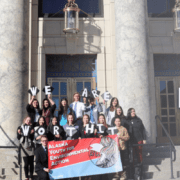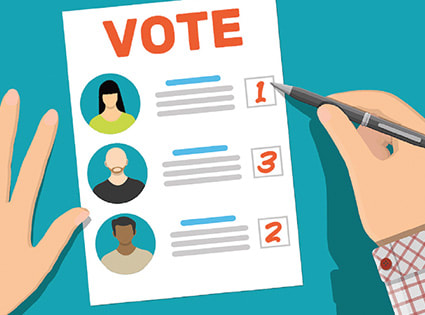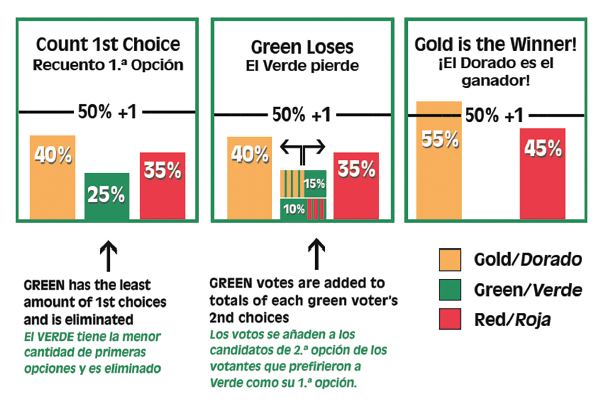The Early Birds
Bills submitted for early release before the session begins (also known as prefiled bills) can offer some hints about those issues that are burning in a lawmaker’s mind. They do not indicate an overall trend for the legislative session, and there is no preferential treatment for bills simply because of their release date. The early release does not guarantee or even indicate success. The beauty of a prefiled bill is that they exist in silence before the legislative session convenes, so they are on a pedestal, isolated, and have a glow for a short time. As soon as the legislature gavels in on 1/17/23, a whole noisy crowd of new bills hits the field, and the pre-filed bills are just bills among other bills jostling for approval.
The first round of prefiled legislation was released on January 9th, and the second round was released today. From what we have seen so far, the repeal of a popular citizen’s initiative is high on the agenda for some lawmakers. Three separate, far-right lawmakers have introduced bills to repeal Ranked Choice Voting and Open Primaries. These bills intend to ensure that political parties regain some of the king-making power that they were stripped of when the citizens of this great state decided that closed/partisan primaries were generating too many extremist politicians. A system like Ranked Choice Voting and open primary elections could temper this trend toward extremism, so Alaskans voted in a bold new system. Considering the Senate President and Senate Majority Leader’s success is partially owed to RCV, despite Republican party opposition, the chance that this item on the Republican Party’s wish list (repeal of RCV) passes the legislature is slim to none and most probably none.
While many lawmakers throw bills into the ring to fulfill campaign promises and appeal to their base voters, some still take a pragmatic approach, focus on actual problems, and propose bills to solve them. Senator Scott Kawasaki has crafted SB 19 with what appears to be elements from a compromise bill that was gaining some steam at the end of the last legislature. There is a provision in the bill that would require all by-mail ballots to have a postage-paid return envelope and a provision that allows a voter to “cure” or correct an identifier or address mistake that would otherwise cause their ballot to be invalidated. To appease those on the right who think there is a giant problem with ballot “harvesting” or the collection of ballots by a third party, SB 19 puts sideboards on the practice and makes it a crime if one fails to meet a set of criteria in collecting ballots. The bill also establishes a free online ballot tracking website where people can go to “confirm that the voter’s ballot has been sent by the division; track the date of the ballot’s delivery to the voter; confirm the division’s receipt of the voter’s ballot; determine whether the voter’s certificate has been reviewed; and determine whether the voter’s ballot has been counted.” If this provides voters peace of mind, we are all for it. If it calms the intentional fever dream of stolen ballots that the right still harbors, even better.
One proposal that we are glad to see among the early bird bills is SB 17, legislation that would establish limits for political contributions. Our contribution limits were already overturned by the 9th Circuit Court of Appeals ruling for being too low. Last year, the legislature proposed a bill to increase the contribution limit. This bill did not pass, so last year was an election cycle where unlimited contributions were allowed. This situation leaves our politics vulnerable. Those who can contribute more should not be able to have more of a political voice than those who cannot contribute. We know that the oil and gas industry has an outsized influence on politics in Alaska because they invest heavily in political races. We need to be sure that our lawmakers’ victories are not, in essence, “purchased” by extremely wealthy individuals. We need honest campaign limits in the spirit of the $500 level established in the 2006 citizens initiative approved by 73% of the voters.
Every legislature promises a blend of new ideas, promises, old ideas, good and bad ideas, half-formed or ill-conceived ideas, potential ideas, and so forth. Whatever the idea, it is out there to be poked and prodded and molded by 60 different lawmakers, and then if it is lucky enough to make it through the process, it must stand before the Governor for final approval. We know that these first few bills are calling upon us to take special heed of them, and we are excited to see what else lies ahead.












 [/cs_content_seo][/cs_element_layout_column][/cs_element_layout_row][/cs_element_section][/cs_content]
[/cs_content_seo][/cs_element_layout_column][/cs_element_layout_row][/cs_element_section][/cs_content]